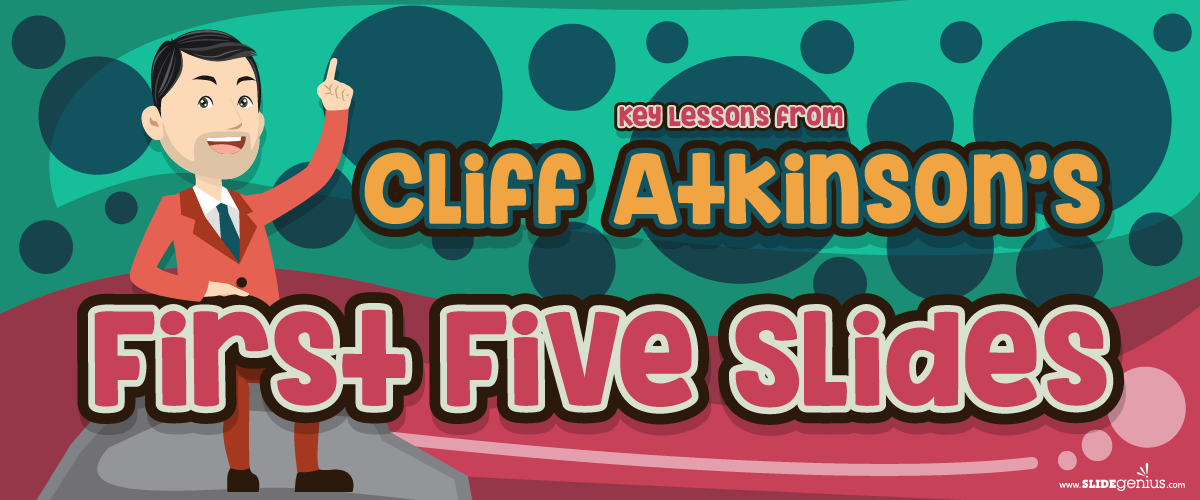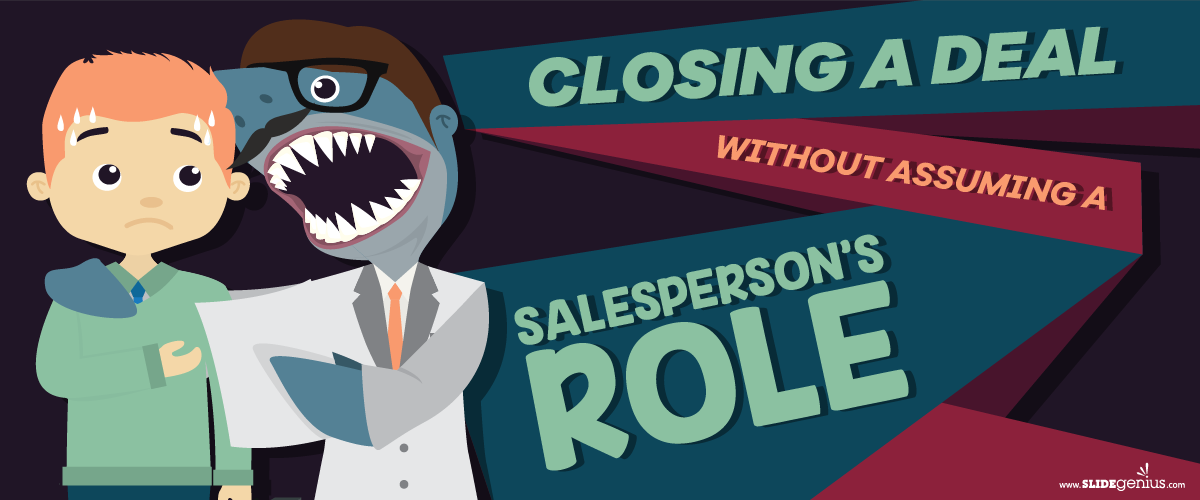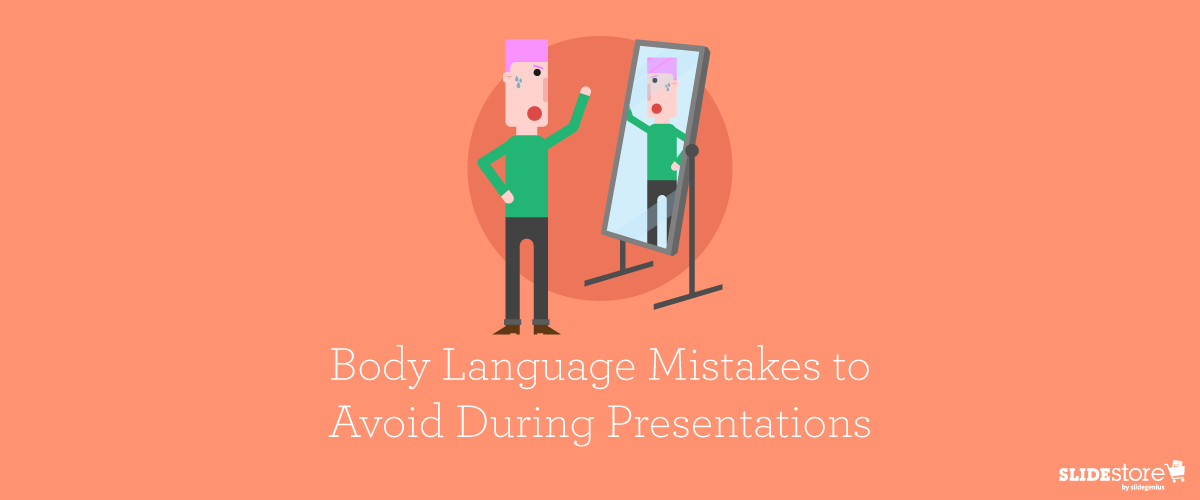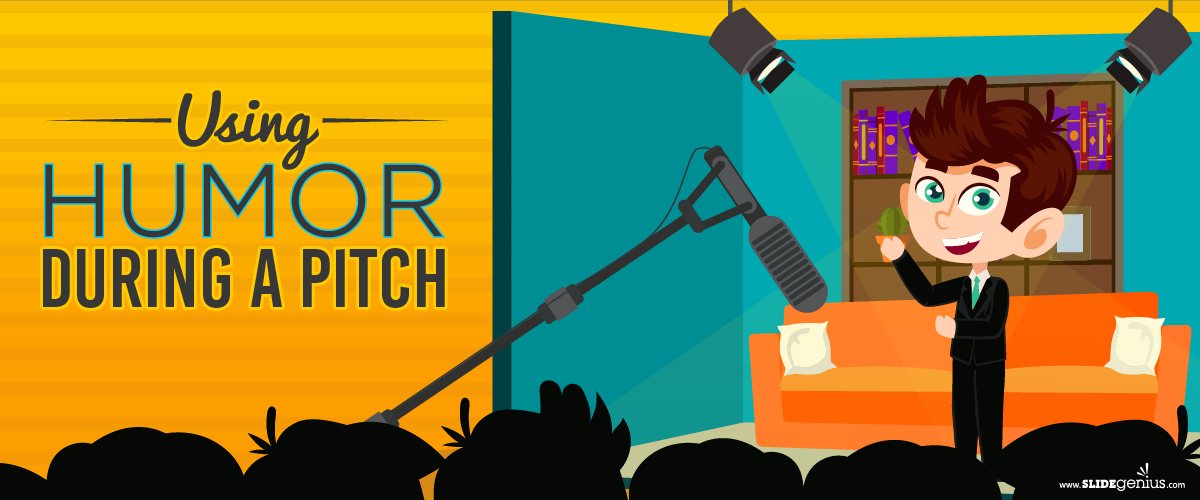
The real cost of a poor presentation can be substantial, impacting both individual and organizational success. Here’s an in-depth look at how a subpar presentation can hurt in various areas:
1. Loss of Credibility and Professional Reputation
- Why it matters: A poorly executed presentation can damage your personal brand or the reputation of your company. If the content is unclear, disorganized, or unengaging, you risk losing the trust and confidence of your audience, whether they are colleagues, clients, or investors.
- Impact: This can lead to missed business opportunities or career advancement, as your audience may question your competence and preparedness.
- Example: A poorly presented sales pitch could make potential clients hesitant to do business with you, perceiving your brand as unprofessional or untrustworthy.
2. Financial Loss
- Why it matters: Presentations often play a critical role in securing deals, investments, or partnerships. A poor presentation can result in failed deals, lost revenue, or wasted resources.
- Impact: This is particularly true in sales, fundraising, and investor relations. A confusing or dull presentation may fail to convey the value of your product or service, resulting in lost sales or missed funding opportunities.
- Example: A startup pitch to investors that fails to clearly communicate the business model, market potential, or revenue strategy can lead to investors declining to fund the company, which might limit future growth or lead to business failure.
3. Missed Learning and Engagement Opportunities
- Why it matters: If a presentation fails to engage or communicate effectively, the audience may leave without absorbing key information. This is especially damaging in educational or training settings.
- Impact: Poor communication of vital information can lead to misunderstanding, confusion, or even mistakes in implementing processes, which can cost time and resources to correct.
- Example: An internal company presentation meant to explain new policies or procedures that is overly complicated or boring may result in employees misunderstanding important steps, leading to inefficiencies or errors in workflow.
4. Damaged Client and Stakeholder Relationships
- Why it matters: When presenting to clients, partners, or stakeholders, the goal is to build relationships and trust. A poorly executed presentation may cause your audience to feel undervalued or neglected.
- Impact: This can lead to strained relationships, reduced confidence in your abilities, and possibly loss of clients or stakeholders.
- Example: A poorly planned project update meeting with a key client may result in the client feeling dissatisfied, leading to project delays or contract termination.
5. Loss of Time and Productivity
- Why it matters: Time is a valuable resource, and a poor presentation wastes both the presenter’s and the audience’s time. If the presentation lacks clarity or structure, it may lead to follow-up meetings or additional clarification sessions, resulting in lost productivity.
- Impact: For organizations, this means less efficient operations, as employees may need to spend extra time reworking or interpreting information that should have been communicated clearly from the start.
- Example: A project kickoff meeting that fails to define clear objectives and deliverables could lead to confusion, forcing team members to hold additional meetings to clarify roles, wasting time, and delaying the project.
6. Lower Employee Morale and Engagement
- Why it matters: Poor presentations in internal meetings or training sessions can demotivate employees and reduce engagement. If employees feel that meetings are consistently unproductive or boring, they may disengage, impacting workplace culture and performance.
- Impact: This can lead to reduced productivity, higher turnover rates, and a less collaborative environment.
- Example: Regularly delivering confusing or monotonous team updates can lead employees to lose interest and feel disconnected from company goals, impacting overall job satisfaction and performance.
7. Reputational Damage to the Organization
- Why it matters: The quality of external presentations, such as those given to clients, partners, or investors, reflects on the organization as a whole. A poorly delivered presentation can damage the company’s reputation in the marketplace.
- Impact: This can affect customer loyalty, business development, and the ability to attract top talent or partnerships.
- Example: A weak keynote presentation at a major industry event can damage your brand’s reputation, making your company seem less innovative or competent compared to competitors.
In Conclusion
The real cost of a poor presentation can be significant, from damaging professional relationships and missing financial opportunities to lowering employee morale and reducing productivity. Focusing on preparation, clarity, engagement, and structure can help ensure your presentations deliver value and avoid these costly pitfalls.To ensure success, invest in presentation training, leverage professional PowerPoint design services, such as SlideGenius, or use templates from SlideStore to enhance both visual and content quality.
4o











 So, what do you do? Should you just ignore your listeners’ indifference and rush through the presentation to get it all over with? No. The worst thing that can happen in a presentation is not for the audience to lose interest. The worst thing is for the presenter to give up trying to bring the audience back into the moment.A responsible presenter reads the warning signs that may indicate that the audience is falling behind. The signs can be subtle or obvious: yawning, chattering, slouching, standing to leave the room, staring blankly into space, refusing to return eye contact, and fiddling with gadgets, among others. A seasoned presenter can detect these tell-tale signs spot on.
So, what do you do? Should you just ignore your listeners’ indifference and rush through the presentation to get it all over with? No. The worst thing that can happen in a presentation is not for the audience to lose interest. The worst thing is for the presenter to give up trying to bring the audience back into the moment.A responsible presenter reads the warning signs that may indicate that the audience is falling behind. The signs can be subtle or obvious: yawning, chattering, slouching, standing to leave the room, staring blankly into space, refusing to return eye contact, and fiddling with gadgets, among others. A seasoned presenter can detect these tell-tale signs spot on.








 Data storytelling takes a lot of practice to master. The following list can be a good starting point towards understanding the full power of this skill.
Data storytelling takes a lot of practice to master. The following list can be a good starting point towards understanding the full power of this skill. Racing against time is not a viable excuse for rushing a presentation. Most
Racing against time is not a viable excuse for rushing a presentation. Most  One of the factors that can redeem a data-heavy presentation is aesthetics. While there’s some truth to the general notion that no one listens to a business presentation unless necessary, the experience needs not be unpleasant. You can mute the dullness and bring a little color to your presentation by, well, literally bringing color to it. Use visuals where appropriate to make the data more appealing. Also, be mindful of the font sizes and styles you use. By being conscious of your slides’ design, you can guarantee that the visual elements of your presentation clarify your message and not hamper it.There’s nothing inherently wrong with using charts to communicate a message, but you’d be wise to remember that there’s always a better way when presenting things. Don’t settle for cold and intimidating numbers; instead, delve deeper and find the story beneath them. Use data to weave a story that paints the bigger picture. When all’s said and done, there’s no reason why math and storytelling should be two different things.
One of the factors that can redeem a data-heavy presentation is aesthetics. While there’s some truth to the general notion that no one listens to a business presentation unless necessary, the experience needs not be unpleasant. You can mute the dullness and bring a little color to your presentation by, well, literally bringing color to it. Use visuals where appropriate to make the data more appealing. Also, be mindful of the font sizes and styles you use. By being conscious of your slides’ design, you can guarantee that the visual elements of your presentation clarify your message and not hamper it.There’s nothing inherently wrong with using charts to communicate a message, but you’d be wise to remember that there’s always a better way when presenting things. Don’t settle for cold and intimidating numbers; instead, delve deeper and find the story beneath them. Use data to weave a story that paints the bigger picture. When all’s said and done, there’s no reason why math and storytelling should be two different things.